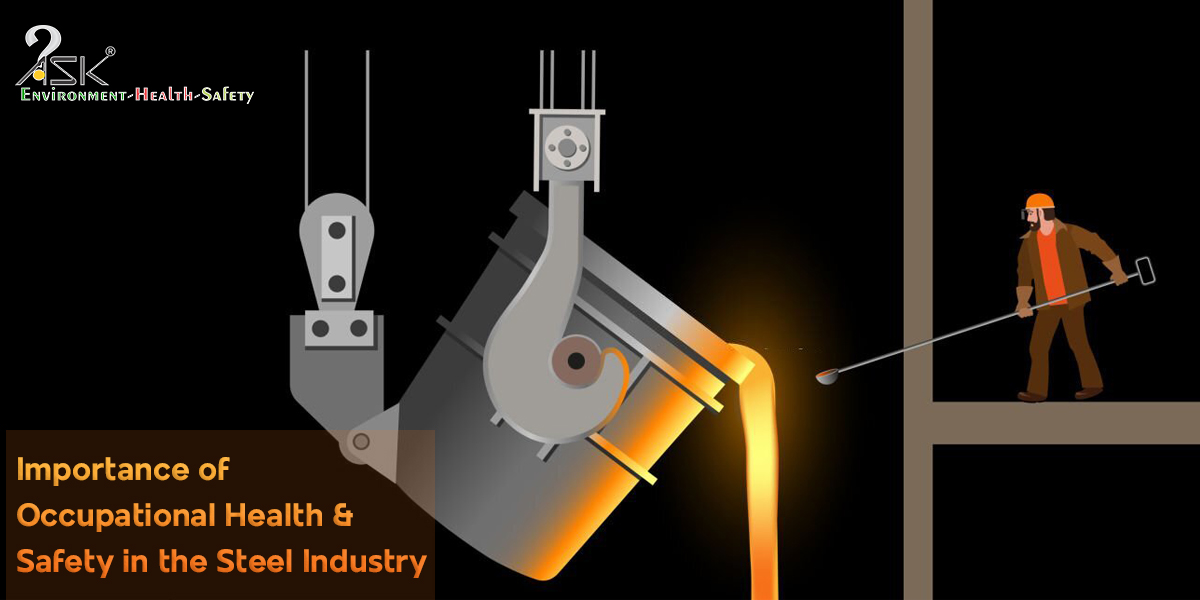Selecting trainings for growth

Modern day workplaces aren’t functioning the way it used to happen in the old days. The culture of hierarchy and formalities has largely given way to informal engagement based work ethic.
Performance still rules the roost but innovation and collaboration are also deemed good for the organization. This has meant an overall change in how organizations now look at their skill enhancement and improvement programs – particularly trainings.
India’s rising young workforce has one clear objective in their mind – growth. In each pursuit, through their career or in personal lives, growth translates as progress. And therefore, organizations today need trainings which have embedded growth potential apart from the obvious learning goals.
Growth to learning to progress
Trainings are a selective process where sometimes along with the badge comes the burden of disinterest. Especially for a young and dynamic workforce, training motivation and objectives need to be fully developed before going ‘on-air’.
Selecting the best training means choosing discretion, delivery and knowledge as the precursors to formulating the modules. Discretion means that one-size-fits-all approach has been done to death. Hence, re-evaluate and re-calibrate the training objectives suitably to align with the learning motivation of your target audience.
Delivery means that the thinking needs to be out-of-the-box. In our previous offerings we have talked at length about micro-learning, learning management systems and animation based movies. These need to be the fundamental constructs on which the modern trainings will rest. While modalities are weaved around such constructs, mobile based delivery and gamification would make the ‘content rich’ training offerings, more engaging.
Knowledge implies that the “best” trainings will not only evaluate the candidate but the process would be mutual. The modern day trainings will have in-built mechanism for feedback and improvements which allows both the training & the trainee to grow. A point blank slide deck with questions at the end isn’t feasible anymore against a superior and relevant experience.
Trainings on the go
The phenomenon of on-the-fly trainings has been increasing especially in the sectors which engage and employ vast workforce. Mobile based bespoke platform connectivity stitched within their reporting and monitoring software will enable the frontline worker to be shoulder-to-shoulder with their peers at the site office.
But for this performance upgrade (for the trainings), the management and EHS supervisory need to let the decision making barriers become softer. This doesn’t risk or mitigate any controls rather it heightens the risk barriers that have been in place.
Industrial conglomerates like TATA at their select sites have already provided wearable technologies (see here) to extend their reach in making work safer while enhancing productivity. Similar projects need to take off especially in case of high risk and hazardous work. The on-field learnings can feed into the trainings which will significantly improve response times in case of emergencies.
The modern workforce cannot be built on older principles and logic. As we move forward and newer technologies push their way inside our lives, we ought to respond in a pragmatic manner. Moving with the times means moving forward, knowing the potential of technologies we have at hand and how best to leverage them. It also means creating enough record and institutional memory for others to catch up and learn from.


